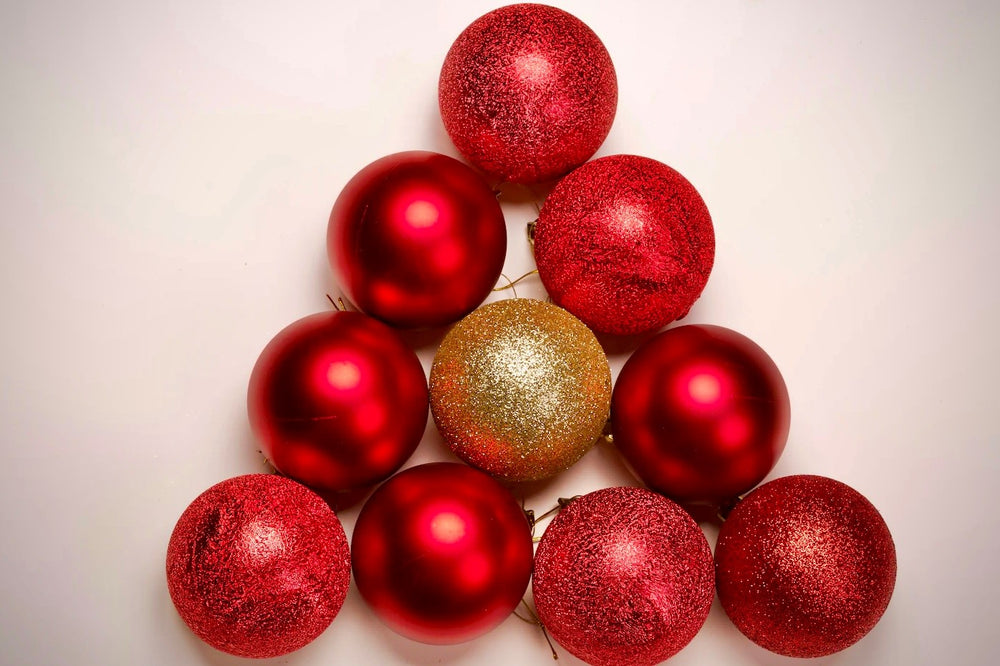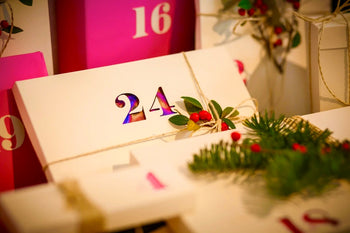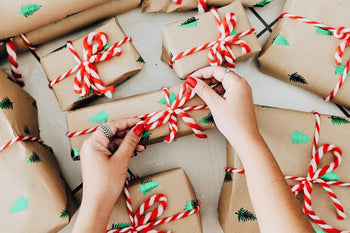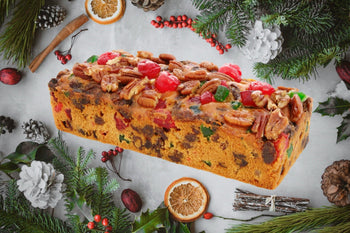There’s nothing like the sight of a Christmas tree, decked out in all manner of glowing, glittering finery, from colorful candy canes to beautiful baubles. Even the word “bauble” seems festive, as befitting the name for the shiny Christmas ornaments that bedeck holiday trees every year.
And while trees may be splashed with any manner of decorations, one of the most prevalent is the Christmas Bauble, or Christmas Ball. Where did this tradition originate?

What is the Origin of the Christmas Bauble?
The history of the bauble can be traced back to Germany, where natural decorations--think nuts and fruit--were put on a tree after the leaves had fallen as a reminder that spring would come once again. The word itself can be traced back to the 14th century word “baubel,” which meant a trinket or a child’s toy; that word in turn most likely came from the Latin word for “pretty.”
No one knows exactly who the first person was to come up with the idea of actual Christmas tree decorations—but the notion of adding decorations to a tree and bringing it inside to spread cheer across the house quickly took off—not surprisingly. Just about anything was fair game, from paper decorations to candles - and possibly even a Christmas Pickle. In 16th century Germany, church plays often featured decorated pine trees; these trees were soon integrated into holiday celebrations in people’s homes.
The tradition found its way to the United States, where new additions were added, such as strings of popcorn—or whatever was available. (Foil was sometimes added to reflect light and make the tree gleam.) In 1842, a picture of Queen Victoria, Prince Albert, and their family around a Christmas tree covered in decorations was published, and that was thought to inspire wealthy Americans to adopt the tradition.
But what about those festive shiny ornaments themselves?

Glass Christmas Baubles
Glass ornaments date back to the 1600s, when, in the town of Lauscha, Germany, Hans Greiner created glass beads that were designed to be hung on trees. The idea caught on, and soon, glass ornaments in the shape of fruit and nuts were being created by skilled designers, using clay molds. Silver nitrate was added after the glass had cooled; then the ornaments were painted and topped with a hook and little crown.
Not surprisingly, shopkeepers and manufacturers soon caught on to the consumer potential, and F.W. Woolworth brought the idea to the United States. The first American-made glass ornaments were created in New York in 1870. And by 1910, more than 1,000 Woolworths stores across the country were selling Christmas ornaments. The round shape of the popular ornament is thought to hark back to the shape of the original fruits and nuts that were used as decorations.
Today, consumers can choose from inexpensive, mass-produced Christmas Baubles to high-end baubles made of glass, silver, gold or crystal. And of course, with the introduction of the Hallmark Keepsake Ornament in the 1970s, collecting Christmas ornaments reached a whole new level.
While Christmas Ornaments can be found in every shape and size—there’s nothing like the classic bauble to grace your holiday tree. For help picking the right Christmas bauble for your tree, here are 5 Steps To Pick Out Your Perfect Christmas Tree Style!
Want a Christmas Tree with the ornaments already attached?
Rent-A-Christmas can help!






